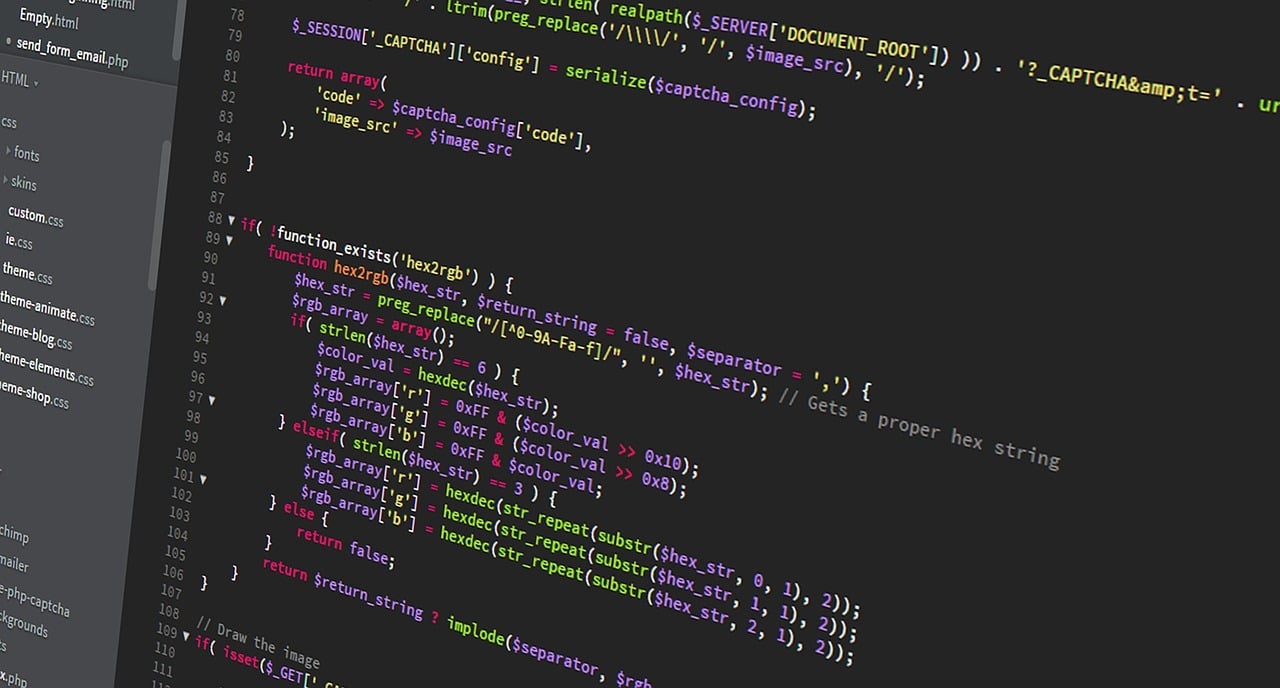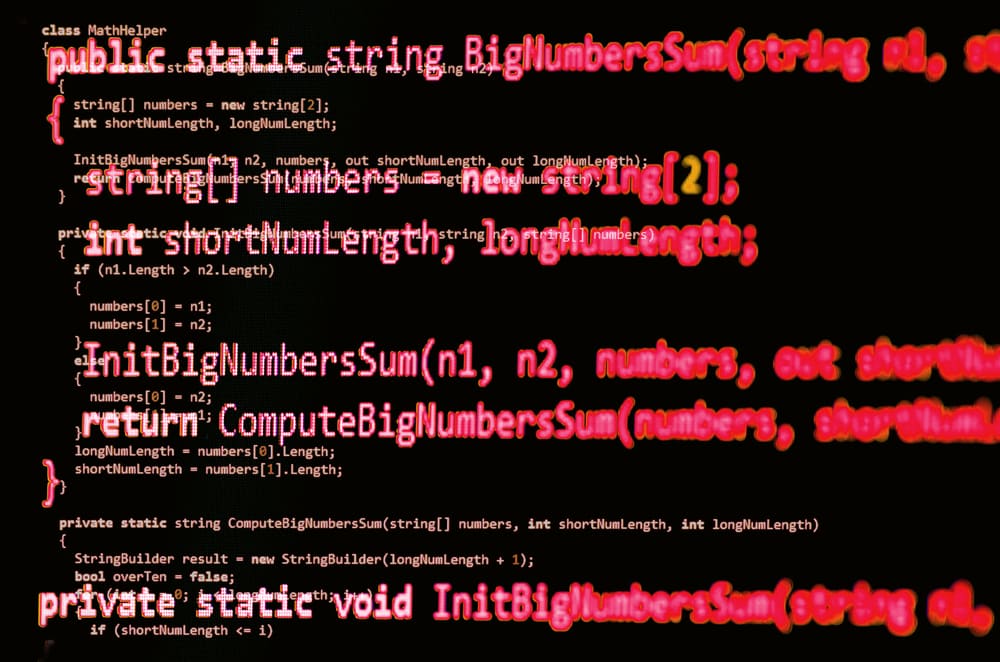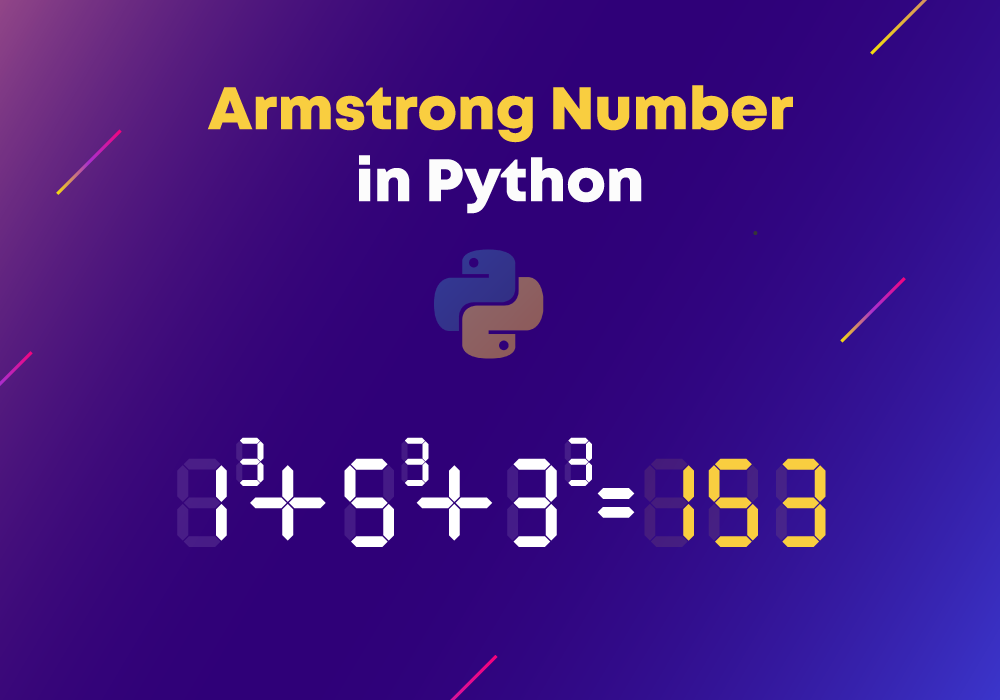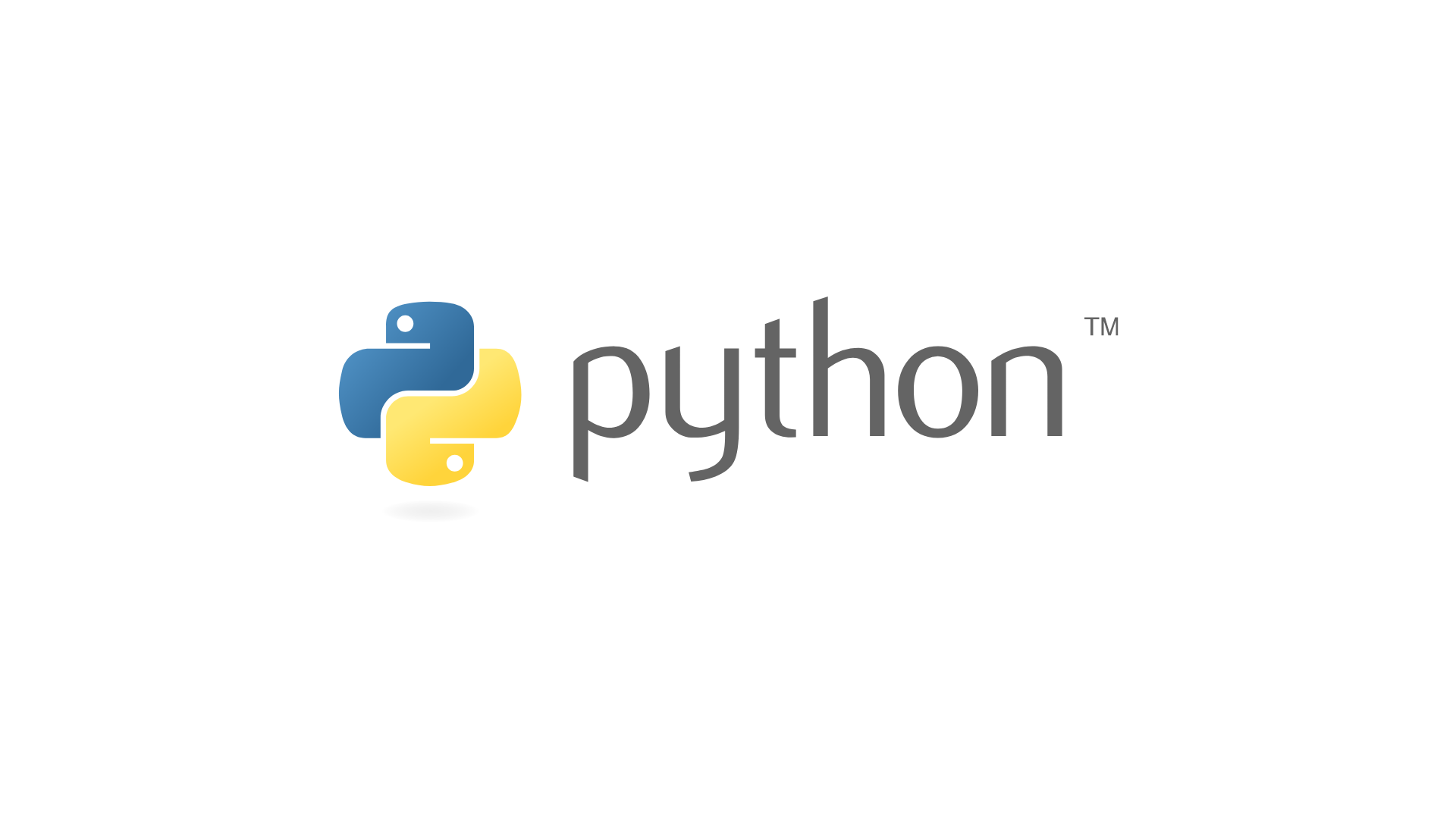If you've been coding in Python for a hot minute or just started dipping your toes into the vast ocean of its functionality, you've likely come across a situation where you needed your strings as clean and neat as a new pin. Enter the strip() function, Python's built-in whitespace bouncer that ensures your strings only keep what truly matters.
This little powerhouse is part of Python's string methods - a toolkit that's as essential to a developer as a good coffee machine is to a morning routine. Now, imagine you've got a string. It's a good string, but it's surrounded by spaces or maybe some odd newline characters that are just crashing the party. That's not what you invited!
The strip() method in Python gracefully handles these uninvited guests. It effortlessly trims the leading and trailing whitespace, including tabs (\t), newlines (\n), and the regular old spaces. And here's the kicker - it's not just limited to whitespace. strip() is customizable, meaning you can specify other characters to be stripped away as well.
We're going to take this neat function for a spin with examples that'll show you how to clean up strings and make them presentable, whether it's prepping for a data analysis, parsing text files, or just making sure your outputs look as tidy as a pin. So, grab your metaphorical brooms, and let's start sweeping those strings clean!
What is Python strip()?
Python strip() is a built-in function included in the Python library. The strip() function removes leading and trailing spaces to return a copy of the original string. By default, the strip() method helps to remove whitespaces from the start and the end of the string.
Python's strip() method is a string operation that is used to remove specific characters from both the beginning and the end of a string. By default, if no arguments are provided, strip() will remove all whitespace characters from the start and end of the string. Whitespace characters include spaces, tabs (\t), newlines (\n), and carriage returns (\r).
However, strip() is quite versatile. You can also specify a string of characters to be removed, which makes it a handy method for trimming unwanted characters, not just whitespace.
Here's the general syntax:
str.strip([chars])
stris the string you want to strip characters from.charsis an optional parameter where you can specify the set of characters to remove. If omitted,strip()defaults to removing whitespace.
Let's see strip() in action with some examples:
# Using strip() without specifying chars
# It will remove whitespaces from the beginning and the end of the string.
example = " Hello, World! "
stripped_example = example.strip()
print(stripped_example) # Output: "Hello, World!"
# Using strip() with specified chars
# It will remove all 'a', 'e', 'i', 'o', 'u' from the beginning and the end of the string.
example_with_chars = "aeiouHello, World!aeiou"
stripped_example_with_chars = example_with_chars.strip('aeiou')
print(stripped_example_with_chars) # Output: "Hello, World!"
It's important to note that strip() only removes characters from the ends of the string. If you have characters in the middle that you want to remove, you'd need a different approach, like replace() or a regular expression.
In essence, strip() helps keep your strings clean and formatted just the way you need, which can be particularly useful in data parsing where precision is key.
Syntax of String strip()
Here is the syntax:
string.strip(chars)
strip() Parameters
Here is the strip() parameter:
strip([chars])
The characters are a set of strings specifying the set of characters whose leading and trailing spaces have to be removed.
In case the optional characters parameter is not given, all leading and trailing whitespaces are removed from the string.
chars(optional) - a string specifying the set of characters to be removed from the beginning and the end of the target string. If thecharsargument is not provided, the default behavior is to remove whitespace characters (spaces, tabs, newlines, etc.).
Here's a bit more detail about the chars parameter:
- Type: The
charsargument is expected to be a string where each character in the string is treated as an individual character to be stripped. - Behavior:
- If
charsis not specified orNone, thestrip()method will remove whitespace characters from the start and end of the string. - If
charsis given, the characters in the string will be stripped from the beginning and end of the string until a character not incharsis found.
- If
- Non-continuous sequence: The sequence of characters in
charsdoes not need to be contiguous in the string for them to be stripped.strip()will remove all occurrences of thecharscharacters, not considering the sequence or frequency. - Case sensitivity: The method is case sensitive. If you specify
charsas "abc", it will not remove uppercase "A", "B", or "C". - Middle characters:
strip()does not remove any characters from the middle of the string, even if they match thecharsstring.
Here's how you might use the chars parameter:
# Stripping a combination of characters
example = "***Hello, World!!!***"
print(example.strip('*!')) # Output: "Hello, World"
# Stripping characters without specifying 'chars'
# It will strip the default whitespace characters
print(" Hello, World! ".strip()) # Output: "Hello, World!"
# Stripping whitespace and specific characters
print(" xyzHello, World!xyz ".strip(' xyz')) # Output: "Hello, World!"
Understanding how to use strip() and its chars parameter effectively can help you clean up strings for further processing or analysis.
strip() Return Value
Here is the strip() Return Value:
It returns a copy of the string with both leading and trailing characters removed.
Example 1: strip() Method in Python
Let us see an example to remove the leading and trailing spaces from a given strip in Python using strip() method.
str1 = "Welcome to Great Learning!"
after_strip = str1.strip()Here’s what the output looks like:
Welcome to Great Learning
Example 2: strip() on Invalid Data Type
The strip() function in Python works only with strings. It will return an error if used for data types such as lists, tuples, etc.
Let us take an example where it is used for lists:
mylist = ["a", "b", "c", "d"]
print(mylist.strip()) Here’s what the output looks like:
Traceback (most recent call last):
File "teststrip.py", line 2, in <module>
print(mylist.strip())
AttributeError: 'list' object has no attribute 'strip'
The output shows an error.
Example 3: strip() Without character parameter
When used without a char parameter, here is how the strip() function works in Python:
str1 = "Welcome to Great Learning!"
after_strip = str1.strip()
print(after_strip)
str2 = "Welcome to Great Learning!"
after_strip1 = str2.strip()
print(after_strip1)Output
Here’s what the output looks like:
Welcome to Great Learning!
Example 4: strip() Passing character parameters
Here’s how to use the strip() function in this case:
str1 = "****Welcome to Great Learning!****"
after_strip = str1.strip("*")
print(after_strip)
str2 = "Welcome to Great Learning!"
after_strip1 = str2.strip("99!")
print(after_strip1)
str3 = "Welcome to Great Learning!"
after_strip3 = str3.strip("to")
print(after_strip3)Output:
Welcome to Great Learning!
Welcome to Great Learning
Welcome to Great Learning!
Why Python strip() function is used?
The Python strip() function is used for several reasons, all related to string manipulation and tidying up string data:
- Removing Whitespace:
- Preprocessing: Before processing text (like parsing a file or preparing data for analysis), it's common to remove extraneous whitespace from the beginning and end of strings to maintain data consistency and accuracy.
- User Input Cleaning: When receiving input from users, it’s often necessary to strip away accidental leading or trailing spaces that could affect data processing or comparison (such as when a user enters a username or password).
- Formatting:
- Consistent Appearance: When displaying data, stripping strings ensures a uniform and clean appearance, free of unexpected padding.
- Data Alignment: In output that’s tabular or requires precise alignment, removing unnecessary whitespace can be crucial for readability.
- Data Validation:
- Avoiding False Mismatches: Trailing whitespaces can cause two otherwise identical strings to appear different. Stripping ensures that comparisons are made on the content that matters.
- Sanitization:
- Security: It can be a part of input sanitization to prevent malicious data within whitespaces, though this would typically require more comprehensive measures.
- Preventing Errors: In configurations or data exchange, extra whitespace might lead to errors or misinterpretation of the data.
- File and String Parsing:
- Preprocessing: Before splitting strings or extracting substrings, it's often helpful to strip them to ensure the separators are recognized correctly.
- Clean Data Extraction: When data is extracted from files or over the network, leading and trailing characters that are not relevant to the actual data can be removed.
- Custom Character Removal:
- Flexibility: Beyond whitespace,
strip()can be used to remove specific unwanted characters from the ends of a string, which is helpful when cleaning up special formatting or delimiters.
- Flexibility: Beyond whitespace,
The strip() function is a simple yet powerful tool that plays a significant role in text preprocessing and formatting in Python, making it a staple in the string manipulation toolkit.
Frequently Asked Questions
Strip() is a function in the Python library that helps to return the copy of the string after removing the leading and trailing characters, whitespaces, and symbols that have been passed to the strip() function. Simply put, the Python strip() function is responsible for the removal of characters from the left and the right side of the string. It is done so when a set of character parameters are specified as an argument to the strip() function. In case there is no argument, it will remove whitespaces by default.
Here is an example of the strip() function in Python -
strinput = " $$$$$ No. 1 Welcome to GREAT LEARNING!! No. 1 $$$ "
# use strip() function to remove the set of characters
res = strinput.strip ( ' $No. 10 !' ) # store result into res variable
print ( " Given string is: ", strinput)
print ( " After removing the set of characters: ", res)
str3 = ' 1 11 111 111 1111 Learn Python Tutorial 1111 111 11 1 '
str4 = str3. strip ( '1' )
print (" \n Given string is ", str3)
print (" Stripping 1 from both ends of the string using strip ('1') function ", str4)
# define new string
str5 = '++++++Python Tutorial****** $$$$$'
print ("\n Given string is = ", str5)
# use strip function to remove the symbols from both ends
str6 = str5. strip ( ' $*+' )
print (" Stripping the '+', '*' and '$' symbols on both sides of the string is = ", str6)
Output
Here’s what the output looks like:
Given string is: $$$$$ No. 1 Welcome to GREAT LEARNING!! No. 1 $$$
After the strip() function removes the set of characters: Welcome to GREAT LEARNING
Given string is 1 11 111 111 1111 Learn Python Tutorial 1111 111 11 1
After strip() function Strips 1 from both ends of the string using strip ('1') function 1 11 111 111 1111 Learn Python Tutorial 1111 111 11 1
Given string is = ++++++Python Tutorial****** $$$$$
Stripping the '+', '*' and '$' symbols on both sides of the string is = Python Tutorial
To remove any characters, whitespaces, or symbols, here is how to type strip() in Python -
strip( 'characters' )
Strip (‘chars’) is the parameter that can be optional. If the developer does not pass any argument to the strip() function, it simply removes the whitespaces from the beginning and the end of the string to return the original string.
If the developer specifies a set of characters as an argument to the strip() function, it removes those characters or symbols from the beginning and the end of the string to return the original string.
Python split() function breaks up a string to return the list of all strings. The programmer can specify the separator to the split() function which helps in splitting the string accordingly. If the programmer does not specify the separator, then the split() function will remove the whitespaces from the beginning and the end of the string by default.
This method is very useful in Python as it helps to break the string into substrings according to the instance of the separator is specified by the programmer. In the case where max split is specified, the returning value will contain the list containing the specified number of elements plus one.
Here’s the syntax of the split() function in Python:
string.split(separator, maxsplit)
A separator is optional here. If it is not provided, the string will split at the whitespaces.
Max split refers to the maximum number of splits. If this value if not provided, then there is no limit on the number of splits.
The output will return a list of strings
Let us check an example of the split() function in Python.
text= 'Welcome to Great Learning'
# splits at space
print(text.split())
grocery = 'Milk, Bread, Eggs'
# splits at ','
print(grocery.split(', '))
# Splits at ':'
print(grocery.split(':'))
Output
Here’s what the output looks like:
[‘Welcome’, 'to', 'Great’, ‘Learning']
['Milk', 'Bread', ‘Eggs’]
['Milk, Bread, Eggs’]
Python strip() function is primarily used to remove whitespaces from the start and the end of a string. For example,
Str1=" Hello, Learners"
print(str1.strip())
Output : Hello, Learners
In the above example, we used string with parameter characters. In the output, the strip() method returns the string by removing the specified character at the beginning and the end of that string.
Embarking on a journey towards a career in data science opens up a world of limitless possibilities. Whether you’re an aspiring data scientist or someone intrigued by the power of data, understanding the key factors that contribute to success in this field is crucial. The below path will guide you to become a proficient data scientist.






